Cell Biology Antibodies 11
Anti-SHH Antibody (CAB7726)
- SKU:
- CAB7726
- Product Type:
- Antibody
- Reactivity:
- Human
- Reactivity:
- Mouse
- Reactivity:
- Rat
- Host Species:
- Rabbit
- Isotype:
- IgG
- Antibody Type:
- Polyclonal Antibody
- Research Area:
- Cell Biology
Description
| Antibody Name: | Anti-SHH Antibody |
| Antibody SKU: | CAB7726 |
| Antibody Size: | 20uL, 50uL, 100uL |
| Application: | WB IHC IF |
| Reactivity: | Human, Mouse, Rat |
| Host Species: | Rabbit |
| Immunogen: | A synthetic peptide of human SHH |
| Application: | WB IHC IF |
| Recommended Dilution: | WB 1:500 - 1:2000 IHC 1:50 - 1:100 IF 1:50 - 1:200 |
| Reactivity: | Human, Mouse, Rat |
| Positive Samples: | MCF7, A-549 |
| Immunogen: | A synthetic peptide of human SHH |
| Purification Method: | Affinity purification |
| Storage Buffer: | Store at -20'C. Avoid freeze / thaw cycles. Buffer: PBS with 0.02% sodium azide, 50% glycerol, pH7.3. |
| Isotype: | IgG |
| Sequence: | Email for sequence |
| Gene ID: | 6469 |
| Uniprot: | Q15465 |
| Cellular Location: | Cell membrane, Lipid-anchor, Secreted, extracellular space |
| Calculated MW: | 49kDa |
| Observed MW: | 50kDa |
| Synonyms: | SHH, HHG1, HLP3, HPE3, MCOPCB5, SMMCI, TPT, TPTPS |
| Background: | This gene encodes a protein that is instrumental in patterning the early embryo. It has been implicated as the key inductive signal in patterning of the ventral neural tube, the anterior-posterior limb axis, and the ventral somites. Of three human proteins showing sequence and functional similarity to the sonic hedgehog protein of Drosophila, this protein is the most similar. The protein is made as a precursor that is autocatalytically cleaved; the N-terminal portion is soluble and contains the signalling activity while the C-terminal portion is involved in precursor processing. More importantly, the C-terminal product covalently attaches a cholesterol moiety to the N-terminal product, restricting the N-terminal product to the cell surface and preventing it from freely diffusing throughout the developing embryo. Defects in this protein or in its signalling pathway are a cause of holoprosencephaly (HPE), a disorder in which the developing forebrain fails to correctly separate into right and left hemispheres. HPE is manifested by facial deformities. It is also thought that mutations in this gene or in its signalling pathway may be responsible for VACTERL syndrome, which is characterized by vertebral defects, anal atresia, tracheoesophageal fistula with esophageal atresia, radial and renal dysplasia, cardiac anomalies, and limb abnormalities. Additionally, mutations in a long range enhancer located approximately 1 megabase upstream of this gene disrupt limb patterning and can result in preaxial polydactyly. |
| UniProt Protein Function: | SHH: Binds to the patched (PTC) receptor, which functions in association with smoothened (SMO), to activate the transcription of target genes. In the absence of SHH, PTC represses the constitutive signaling activity of SMO. Also regulates another target, the gli oncogene. Intercellular signal essential for a variety of patterning events during development: signal produced by the notochord that induces ventral cell fate in the neural tube and somites, and the polarizing signal for patterning of the anterior-posterior axis of the developing limb bud. Displays both floor plate- and motor neuron-inducing activity. The threshold concentration of N-product required for motor neuron induction is 5-fold lower than that required for floor plate induction. Interacts with HHATL/GUP1 which negatively regulates HHAT-mediated palmitoylation of the SHH N-terminus. N-product is active as a multimer. Expressed in fetal intestine, liver, lung, and kidney. Not expressed in adult tissues. Belongs to the hedgehog family. |
| UniProt Protein Details: | Protein type:Motility/polarity/chemotaxis; Cell cycle regulation; Oncoprotein; Cell development/differentiation Chromosomal Location of Human Ortholog: 7q36 Cellular Component: extracellular matrix; extracellular space; cell surface; endoplasmic reticulum lumen; plasma membrane; extracellular region; nucleus; cytosol; lipid raft Molecular Function:laminin-1 binding; peptidase activity; morphogen activity; protein binding; glycosaminoglycan binding; zinc ion binding; patched binding; calcium ion binding; glycoprotein binding Biological Process: prostate gland development; central nervous system development; positive regulation of transcription, DNA-dependent; embryonic skeletal development; telencephalon regionalization; embryonic foregut morphogenesis; male genitalia development; neural crest cell migration; inner ear development; embryonic limb morphogenesis; hindbrain development; positive regulation of neuroblast proliferation; camera-type eye development; neuron fate commitment; myotube differentiation; intermediate filament organization; osteoblast development; positive regulation of skeletal muscle cell proliferation; positive regulation of cell division; regulation of proteolysis; positive regulation of transcription from RNA polymerase II promoter; embryonic digit morphogenesis; negative regulation of apoptosis; embryonic forelimb morphogenesis; axon guidance; granule cell precursor proliferation; ventral midline development; spinal cord dorsal/ventral patterning; thalamus development; positive regulation of striated muscle cell differentiation; negative regulation of transcription from RNA polymerase II promoter; palate development; Bergmann glial cell differentiation; negative regulation of T cell proliferation; positive regulation of cell proliferation; pancreas development; forebrain development; thyroid gland development; heart looping; vasculogenesis; negative regulation of cell migration; positive thymic T cell selection; intein-mediated protein splicing; regulation of odontogenesis; androgen metabolic process; spinal cord motor neuron differentiation; pattern specification process; regulation of cell proliferation; odontogenesis of dentine-containing teeth; negative regulation of cell differentiation; stem cell development; embryonic development; dorsal/ventral pattern formation; positive regulation of protein import into nucleus; ureteric bud branching; hindgut morphogenesis; lung development; negative regulation of alpha-beta T cell differentiation; heart development; T cell differentiation in the thymus; CD4-positive or CD8-positive, alpha-beta T cell lineage commitment; lymphoid progenitor cell differentiation; Wnt receptor signaling pathway through beta-catenin; embryonic pattern specification; proteolysis; positive regulation of T cell differentiation in the thymus; cell-cell signaling; embryonic digestive tract morphogenesis; midbrain development; ectoderm development; positive regulation of smoothened signaling pathway; positive regulation of oligodendrocyte differentiation; oligodendrocyte development; activation of hh target transcription factor; striated muscle development; endocytosis; positive regulation of skeletal muscle development; negative thymic T cell selection; patterning of blood vessels; branching morphogenesis of a tube; polarity specification of anterior/posterior axis; metanephros development; cell fate specification; embryonic hindlimb morphogenesis; positive regulation of Wnt receptor signaling pathway; dorsoventral neural tube patterning; smoothened signaling pathway; organ formation; hair follicle morphogenesis; thymus development; smoothened signaling pathway in regulation of granule cell precursor cell proliferation; positive regulation of immature T cell proliferation in the thymus; negative regulation of proteasomal ubiquitin-dependent protein catabolic process; formation of anatomical boundary; myoblast differentiation; limb bud formation; establishment of cell polarity; neuroblast proliferation; blood coagulation; cell development; positive regulation of alpha-beta T cell differentiation Disease: Solitary Median Maxillary Central Incisor; Schizencephaly; Microphthalmia, Isolated, With Coloboma 5; Holoprosencephaly 3 |
| NCBI Summary: | This gene encodes a protein that is instrumental in patterning the early embryo. It has been implicated as the key inductive signal in patterning of the ventral neural tube, the anterior-posterior limb axis, and the ventral somites. Of three human proteins showing sequence and functional similarity to the sonic hedgehog protein of Drosophila, this protein is the most similar. The protein is made as a precursor that is autocatalytically cleaved; the N-terminal portion is soluble and contains the signalling activity while the C-terminal portion is involved in precursor processing. More importantly, the C-terminal product covalently attaches a cholesterol moiety to the N-terminal product, restricting the N-terminal product to the cell surface and preventing it from freely diffusing throughout the developing embryo. Defects in this protein or in its signalling pathway are a cause of holoprosencephaly (HPE), a disorder in which the developing forebrain fails to correctly separate into right and left hemispheres. HPE is manifested by facial deformities. It is also thought that mutations in this gene or in its signalling pathway may be responsible for VACTERL syndrome, which is characterized by vertebral defects, anal atresia, tracheoesophageal fistula with esophageal atresia, radial and renal dysplasia, cardiac anomalies, and limb abnormalities. Additionally, mutations in a long range enhancer located approximately 1 megabase upstream of this gene disrupt limb patterning and can result in preaxial polydactyly. [provided by RefSeq, Jul 2008] |
| UniProt Code: | Q15465 |
| NCBI GenInfo Identifier: | 6094283 |
| NCBI Gene ID: | 6469 |
| NCBI Accession: | Q15465.1 |
| UniProt Secondary Accession: | Q15465,Q75MC9, A4D247, |
| UniProt Related Accession: | Q15465 |
| Molecular Weight: | 49,607 Da |
| NCBI Full Name: | Sonic hedgehog protein |
| NCBI Synonym Full Names: | sonic hedgehog |
| NCBI Official Symbol: | SHH |
| NCBI Official Synonym Symbols: | TPT; HHG1; HLP3; HPE3; SMMCI; TPTPS; MCOPCB5 |
| NCBI Protein Information: | sonic hedgehog protein; sonic hedgehog homolog |
| UniProt Protein Name: | Sonic hedgehog protein |
| UniProt Synonym Protein Names: | HHG-1Cleaved into the following 2 chains:Sonic hedgehog protein N-product; Sonic hedgehog protein C-product |
| Protein Family: | Sonic hedgehog protein |
| UniProt Gene Name: | SHH |
| UniProt Entry Name: | SHH_HUMAN |

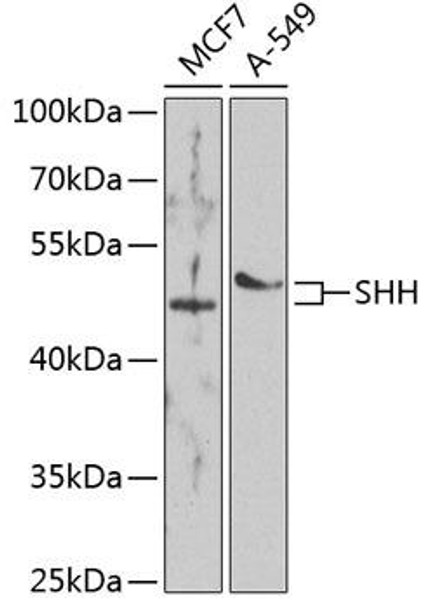
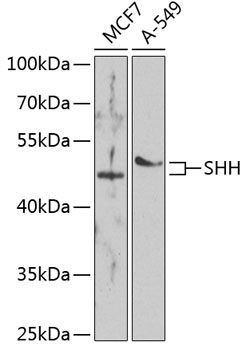
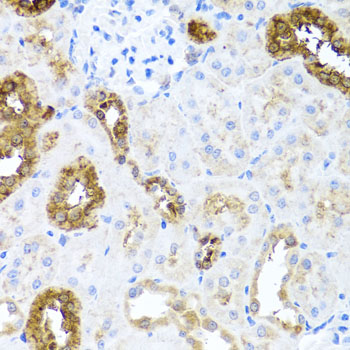
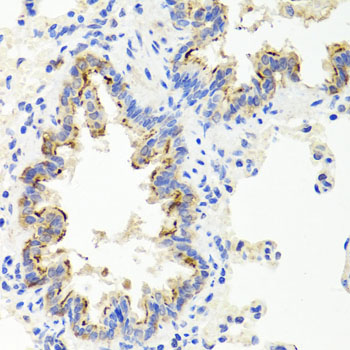
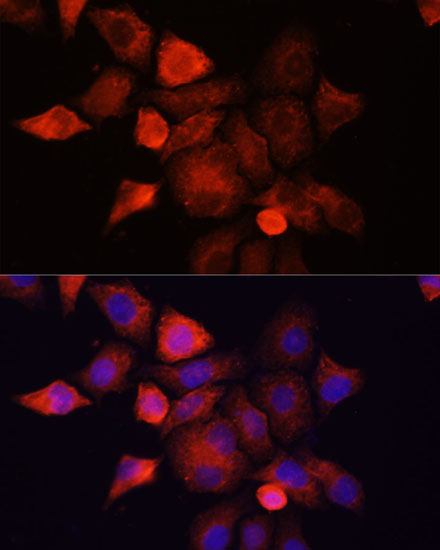
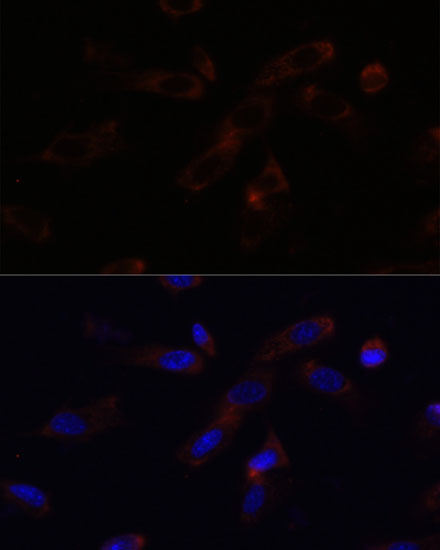


![Anti-SHH Antibody (CAB18020)[KO Validated] Anti-SHH Antibody (CAB18020)[KO Validated]](https://cdn11.bigcommerce.com/s-rd6ounxcu2/images/stencil/590x590/products/55165/59908/anti-shh-antibody-cab18020ko-validated__68866__27625.1706529184.jpg?c=1)

